Safety Instructions
When Using Your Computer
Ergonomic Computing Habits
When Removing or Installing Memory Modules
Protecting Against Electrostatic Discharge
Preface
About This Guide
Warranty and Return Policy Information
Other Documents You May Need
Notational Conventions
Notes, Notices, and Cautions
Typographical Conventions
Contents
Chapter 1
Options and Upgrades
Available Options and Upgrades
Using Drives in the Media Bay
Swapping Media Bay Devices
Swapping Devices While the Computer Is Turned Off
Swapping Devices Using Softex BayManager
Installing an Internal Hard-Disk Drive
Returning a Hard-Disk Drive to Dell
Installing Memory Modules
Connecting Other External Devices
Using a Port Replicator
Chapter 2
Troubleshooting
Checking the Basics
Check Connections
Evaluate Environmental Factors
Check the Electrical Power Source
Running the Dell Diagnostics
Start the Dell Diagnostics
Dell Diagnostics Main Screen
Confirm the System Configuration Information
Use the Dell Diagnostics Help Menu
Menu
Keys
Device Group
Device
Test
Versions
Exit the Dell Diagnostics
Troubleshooting Procedures
Restart Your Computer
Dry Out a Wet Computer
Test a Dropped or Damaged Computer
Recover From a Program That Is Not Responding
Restart a Computer That Is Not Responding
Resolve Audio Problems
Resolve CD-ROM or DVD-ROM Drive Problems
Resolve Diskette Drive Problems
Resolve Display Problems
Resolve External Monitor Problems
Resolve External Keyboard Problems
Resolve Hard-Disk Drive Problems
Resolve Hardware Conflicts
Resolve Infrared Port Problems
Resolve Memory Problems
Resolve Modem, Fax, and Internet Connection Problems
Resolve PC Card Problems
Resolve Software Problems
Install and Configure Software
Resolve Touch Pad and Mouse Problems
Resolve Television Problems
Check the Television Type Setting
Check the System Setup Program Settings
Chapter 3
Installing System Software
Installing the Windows 98 Operating System
Recreating the Hibernate (Save-to-Disk Suspend)�File (Windows 98)
Boot Your Computer With the System Software CD
Delete the Hibernate File
Create the Hibernate File
Enable Hibernate Support
View the Hibernate File Information
Installing Drivers and Utilities for Windows 98
Install the Audio Driver (Windows 98)
Install the Video Driver (Windows 98)
Install the Touch Pad Driver (Windows 98)
Install Softex BayManager (Windows 98)
Install the Internal Modem Driver (Windows 98) (Optional)
Install the Software DVD Decoder (Windows 98) (Optional)
Configuring the Television Control Panel Setting
Setting and Changing the DVD-ROM Drive Region Code
Install the Intel® SpeedStep™ Utility (Windows 98) (Optional)
Installing Drivers and Utilities for Windows�2000
Install the Audio Driver (Windows 2000)
Install the Video Driver (Windows 2000)
Install the Touch Pad Driver (Windows 2000)
Install the Software DVD Decoder (Windows 2000) (Optional)
Setting and Changing the DVD-ROM Drive Region Code
Install the Intel SpeedStep Utility (Windows 2000) (Optional)
Install the System Help From the System Software CD
Download the System Help From the Dell Support Web�Site
Updating Drivers and Utilities
Chapter 4
Getting Help
Technical Assistance
Help Tools
World Wide Web
AutoTech Service
TechFax Service
Automated Order-Status System
Technical Support Service
Problems With Your Order
Product Information
Returning Items for Warranty Repair or Credit
Before You Call
Dell Contact Numbers
Appendix A
Technical Specifications
Appendix B
Using the System Setup Program
Accessing the System Setup Program
Navigating Through the System Setup Program
Main Menu
System Devices Menu
Security Menu
Power Menu
Boot Menu
Exit Menu
Appendix C
System Messages
Appendix D
Regulatory Notices
FCC Notices (U.S. Only)
Class A
Class B
Modem Regulatory Information
Fax Branding
IC Notice (Canada Only)
Modem Regulatory Information
CTR21 Declaration
New Zealand Telecom Warnings
General
Important Notice
CE Notice (European Union)
Battery Disposal
EN 55022 Compliance (Czech Republic Only)
VCCI Notice (Japan Only)
Class A ITE
Class B ITE
Polish Center for Testing and Certification Notice
Wymagania Polskiego Centrum BadaÒ i Certyfikacji
Pozosta³e instrukcje bezpieczeÒstwa
NOM Information (Mexico Only)
Información para NOM �(únicamente para México)
Appendix E
Limited Warranty and Return Policy
Three-Year Limited Warranty (U.S. Only)
Coverage During Year One
Coverage During Years Two and Three
General Provisions
Three-Year Limited Warranty (Canada�Only)
Coverage During Year One
Coverage During Years Two and Three
General Provisions
One-Year End-User Manufacturer Guarantee (Latin America and the Caribbean Only)
Guarantee
Exclusions
Making a Claim
Limitation and Statutory Rights
“Total Satisfaction” Return Policy (U.S. and Canada Only)
Macrovision Product Notice
Index
Dell Information Development
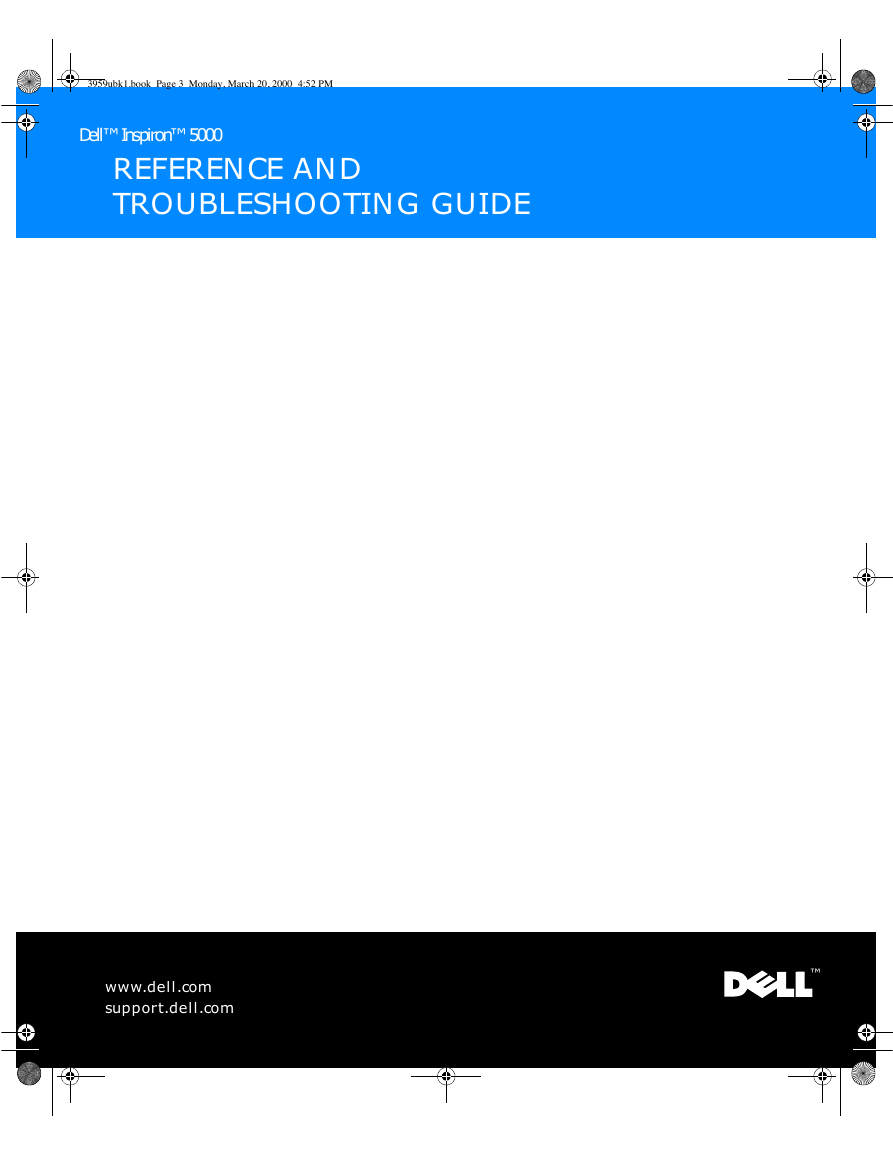
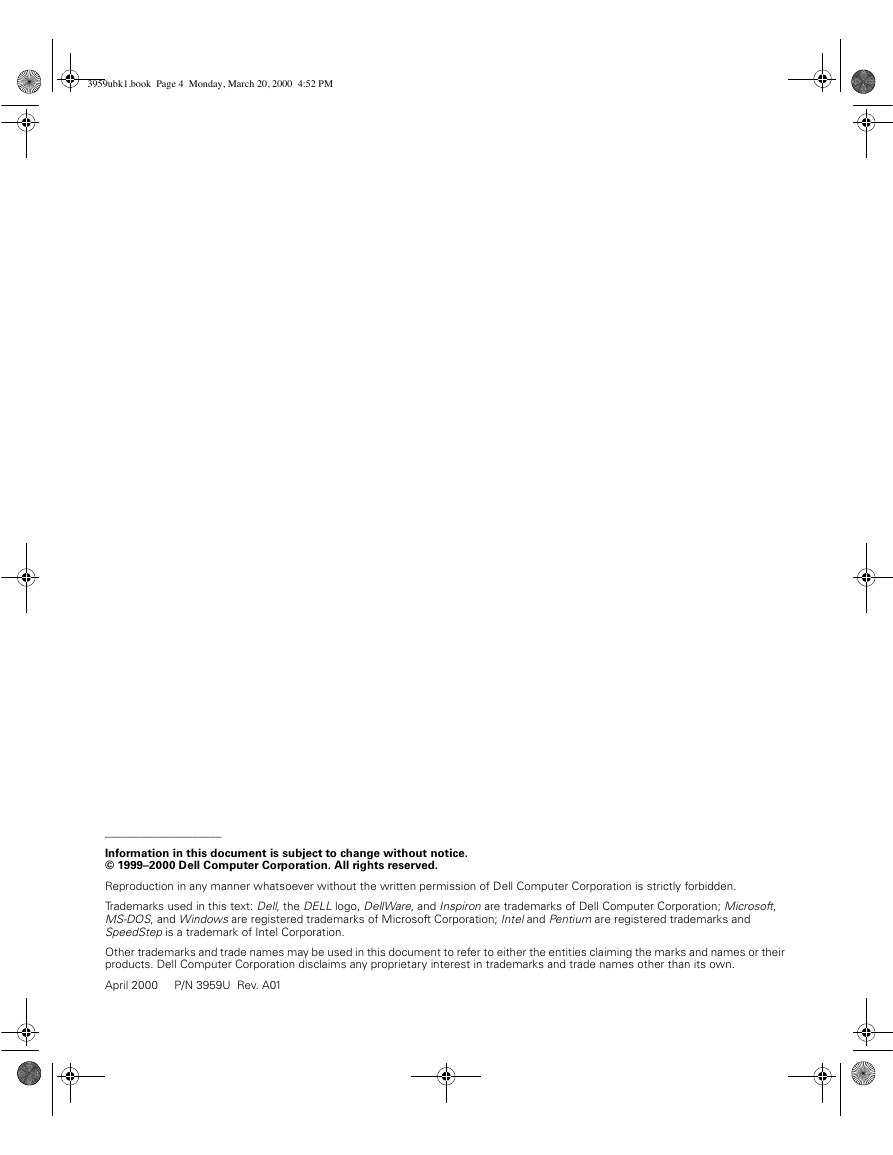
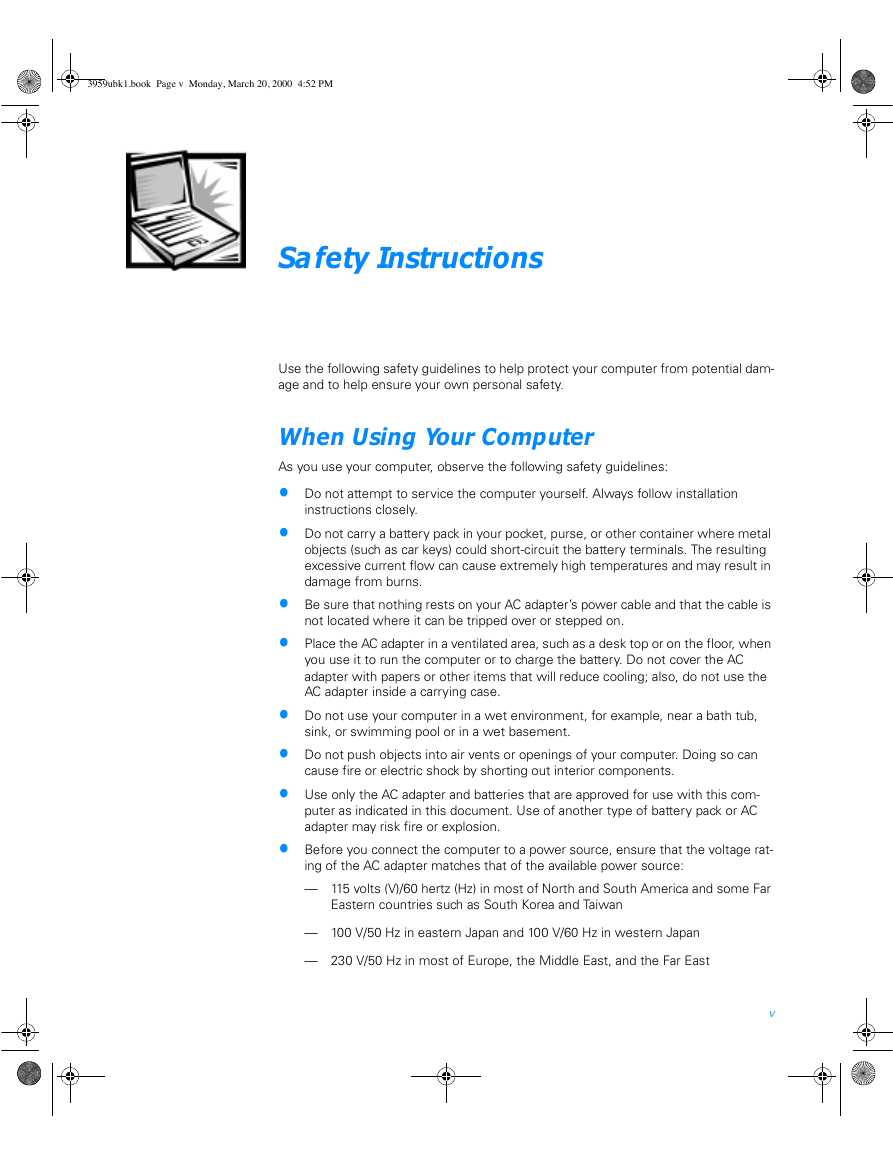
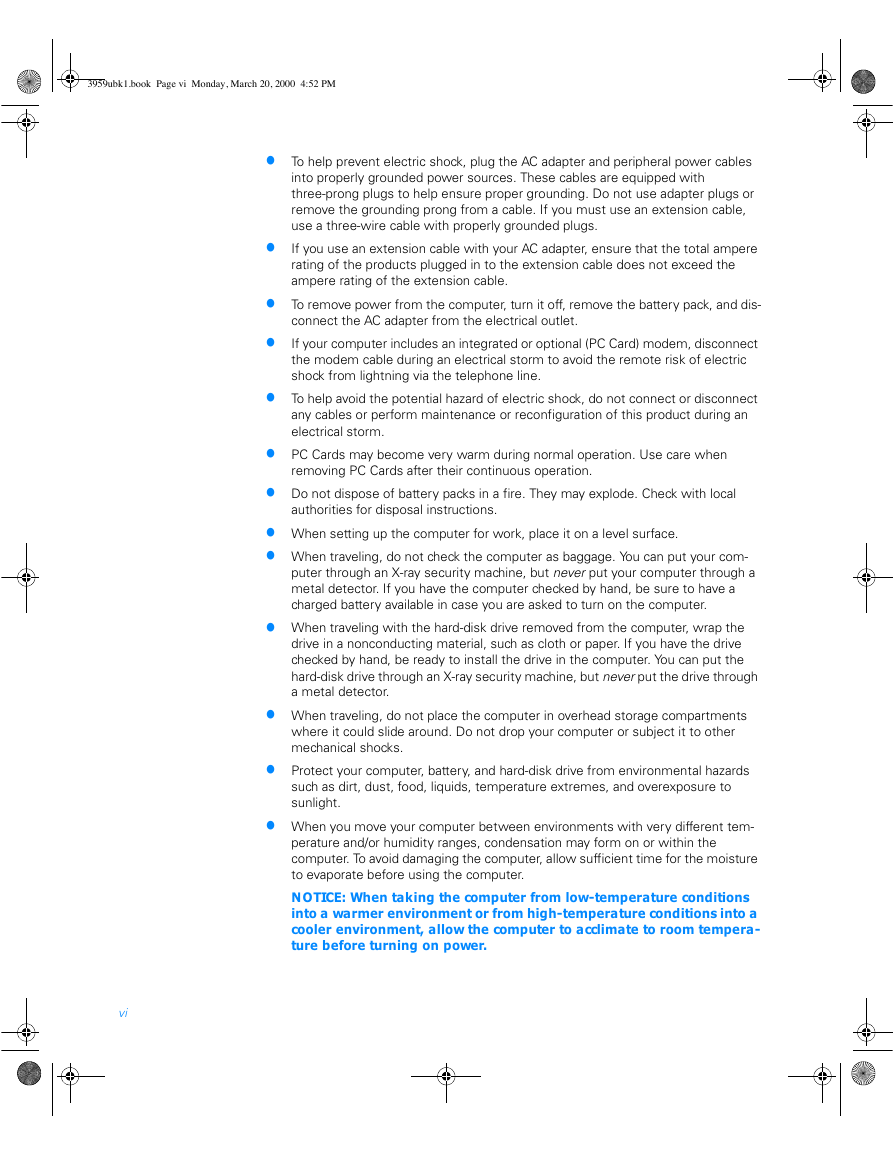
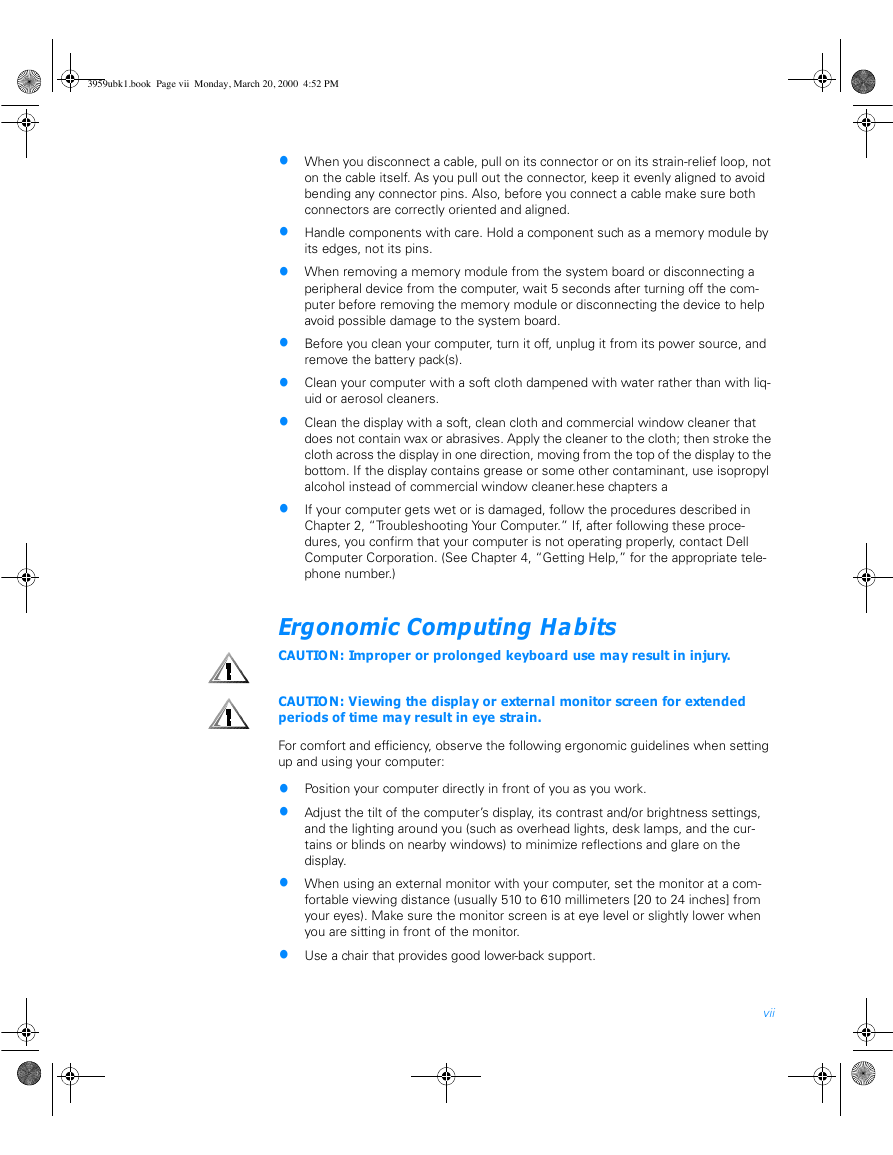
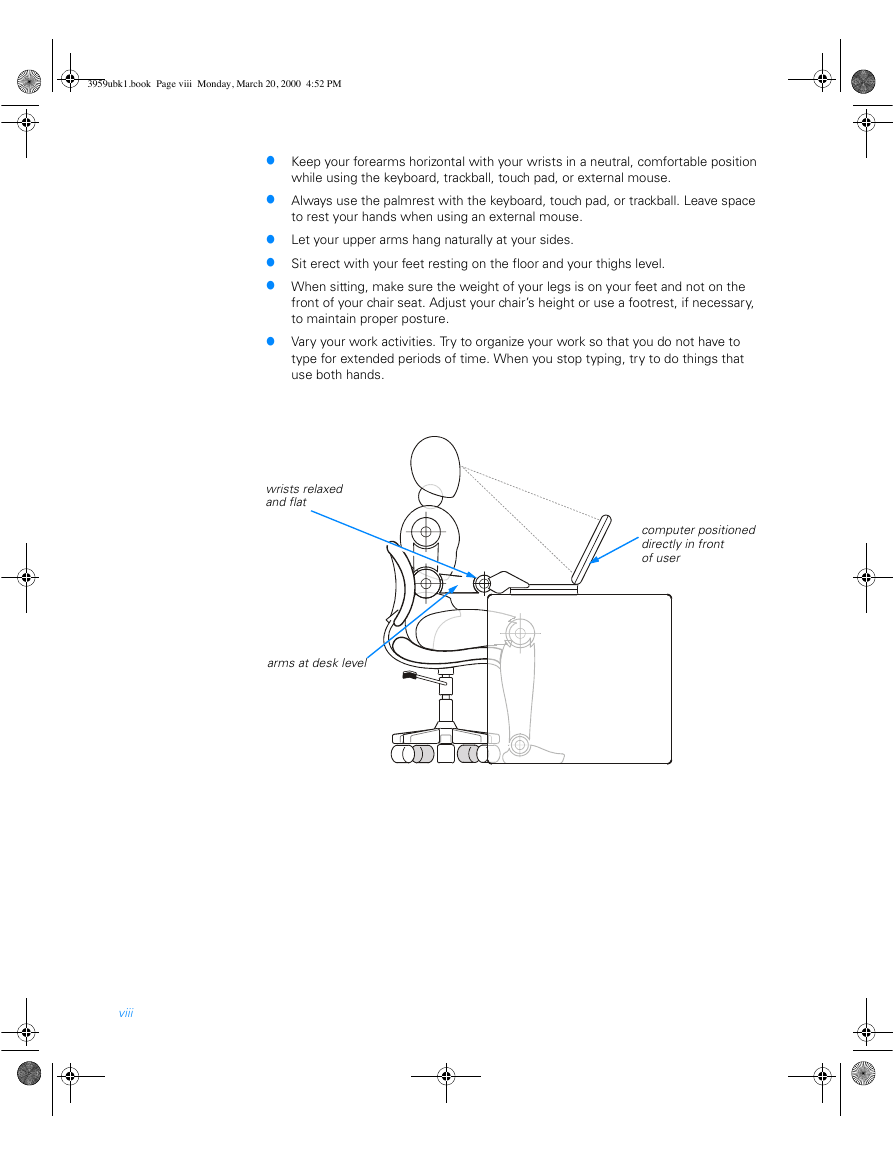

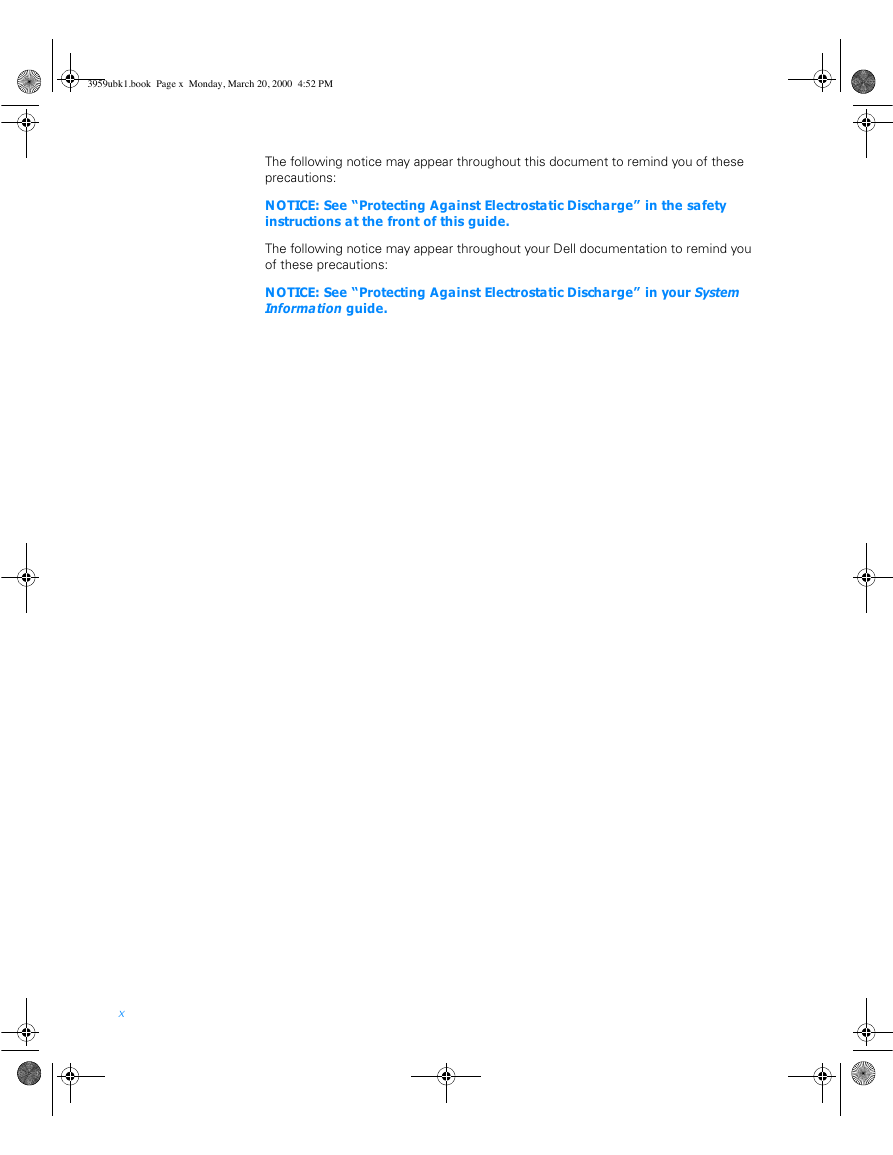








 2023年江西萍乡中考道德与法治真题及答案.doc
2023年江西萍乡中考道德与法治真题及答案.doc 2012年重庆南川中考生物真题及答案.doc
2012年重庆南川中考生物真题及答案.doc 2013年江西师范大学地理学综合及文艺理论基础考研真题.doc
2013年江西师范大学地理学综合及文艺理论基础考研真题.doc 2020年四川甘孜小升初语文真题及答案I卷.doc
2020年四川甘孜小升初语文真题及答案I卷.doc 2020年注册岩土工程师专业基础考试真题及答案.doc
2020年注册岩土工程师专业基础考试真题及答案.doc 2023-2024学年福建省厦门市九年级上学期数学月考试题及答案.doc
2023-2024学年福建省厦门市九年级上学期数学月考试题及答案.doc 2021-2022学年辽宁省沈阳市大东区九年级上学期语文期末试题及答案.doc
2021-2022学年辽宁省沈阳市大东区九年级上学期语文期末试题及答案.doc 2022-2023学年北京东城区初三第一学期物理期末试卷及答案.doc
2022-2023学年北京东城区初三第一学期物理期末试卷及答案.doc 2018上半年江西教师资格初中地理学科知识与教学能力真题及答案.doc
2018上半年江西教师资格初中地理学科知识与教学能力真题及答案.doc 2012年河北国家公务员申论考试真题及答案-省级.doc
2012年河北国家公务员申论考试真题及答案-省级.doc 2020-2021学年江苏省扬州市江都区邵樊片九年级上学期数学第一次质量检测试题及答案.doc
2020-2021学年江苏省扬州市江都区邵樊片九年级上学期数学第一次质量检测试题及答案.doc 2022下半年黑龙江教师资格证中学综合素质真题及答案.doc
2022下半年黑龙江教师资格证中学综合素质真题及答案.doc